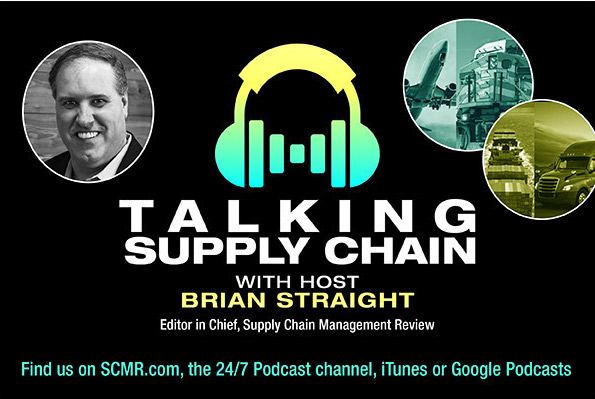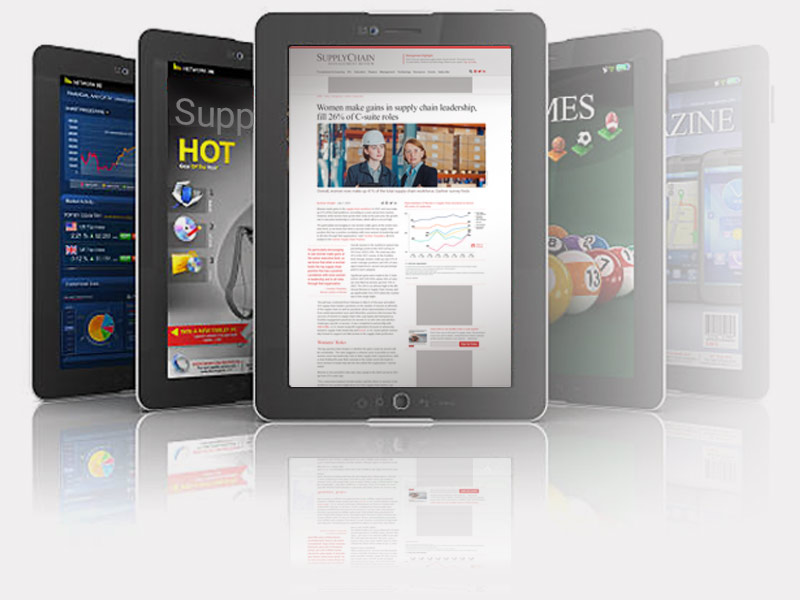In today’s unpredictable market, cost savings are no longer the only or even the primary goal of procurement. Instead, long-term value creation, supply continuity, and risk mitigation are what set leading organizations apart. Yet many companies still rely on outdated negotiation tactics that focus too narrowly on price. In this article, I outline a modern approach to sourcing negotiations that goes beyond transactional cost-cutting. This strategy blends long-term contracting, dynamic pricing models, and collaborative supplier management to deliver sustainable value in volatile environments.
The problem with traditional tactics
The traditional negotiation playbook in procurement hasn’t aged well. We’ve all seen the script: invite multiple bids, negotiate hard on price, and lock in the lowest cost. In calm markets, that might work. But in recent years, whether due to pandemic-driven shocks, inflationary pressure, or geopolitical disruptions, many supply chains have found themselves exposed.
Relying on the lowest bid doesn’t account for volatility in raw material prices, labor shortages, or transportation breakdowns. Nor does it build the kind of supplier relationships needed to weather disruption. The result? Unfulfilled contracts, emergency spot buys, and higher total costs over time.
A dynamic model for a dynamic world
Rather than fixed pricing, dynamic models tied to commodity indices or input costs allow suppliers to stay profitable while giving buyers predictability. It’s not about giving up leverage; it’s about creating a fair, transparent structure that prevents contract abandonment or surprise surcharges.
Monitoring commodity indices and adjusting pricing periodically allows products to stay competitive while protecting margins. Because most commodity indices are publicly available, it becomes easier for procurement teams to justify price changes to the customer. Additionally, clean sheet analysis or should-cost modelling provides individual components weightage and pricing which accelerates validating cost changes
Proactive cost monitoring
Moreover, tracking key input components such as corrugate, labor, steel, HDPE, LDPE etc. regularly enables teams to respond faster to market shifts. This reduces surprises and ensures that contract prices remain market-relevant.
Building your own model
If there isn’t an industry-standard dynamic pricing model available, create one. Start with a simple framework—raw materials, packaging, labor, SG&A, and margin—and refine it over time. A well-defined model provides confidence to both sides of the table, paving the way for transparent, long-term partnerships.
Ultimately, it’s in both the supplier’s and buyer’s best interest to agree on a model that is fair, flexible, and data-driven.
Conclusion
In an era where disruption is the norm, procurement leaders must evolve from cost cutters to value architects. Dynamic pricing, backed by transparent models and collaborative supplier partnerships, offers a practical path forward. Those who adapt now will be better positioned to thrive in uncertainty.
About the author
Aniket Kulkarni is a recognized expert in strategic sourcing, negotiations, and risk management, currently serving as strategic sourcing manager at Sysco Corporation. With over a decade of leadership experience and a Certified Supply Chain Professional (CSCP) credential, Kulkarni has pioneered innovative approaches to long-term cost negotiation and supplier risk mitigation in the foodservice and manufacturing sectors. Their thought leadership has been featured in leading industry forums and conferences, contributing original insights that shape procurement practices globally.
SC
MR
.jpg)

More Procurement Trends
- From static to strategic: The shift to dynamic pricing models
- Future-ready procurement: Breaking free from legacy silos to drive strategic value
- Optimize procurement with standardization and technology
- Invest in procurement to enhance digital transformation
- Procurement’s role to drive innovation, resilience and sustainability continues to evolve
- More Procurement Trends
 Explore
Explore
Topics
Procurement & Sourcing News
- C.H. Robinson rolls out AI agent to address LTL classification overhaul
- Danone latest to announce new US investment
- Uber Freight’s Val Marchevsky to deliver Keynote at NextGen Supply Chain Conference
- Unlocking the green grid: Innovations for eco-friendly last mile
- Dealing with supply chain complexities with scenario intelligence
- Securing critical minerals during a global trade war
- More Procurement & Sourcing
Latest Procurement & Sourcing Resources

Subscribe

Supply Chain Management Review delivers the best industry content.

Editors’ Picks




